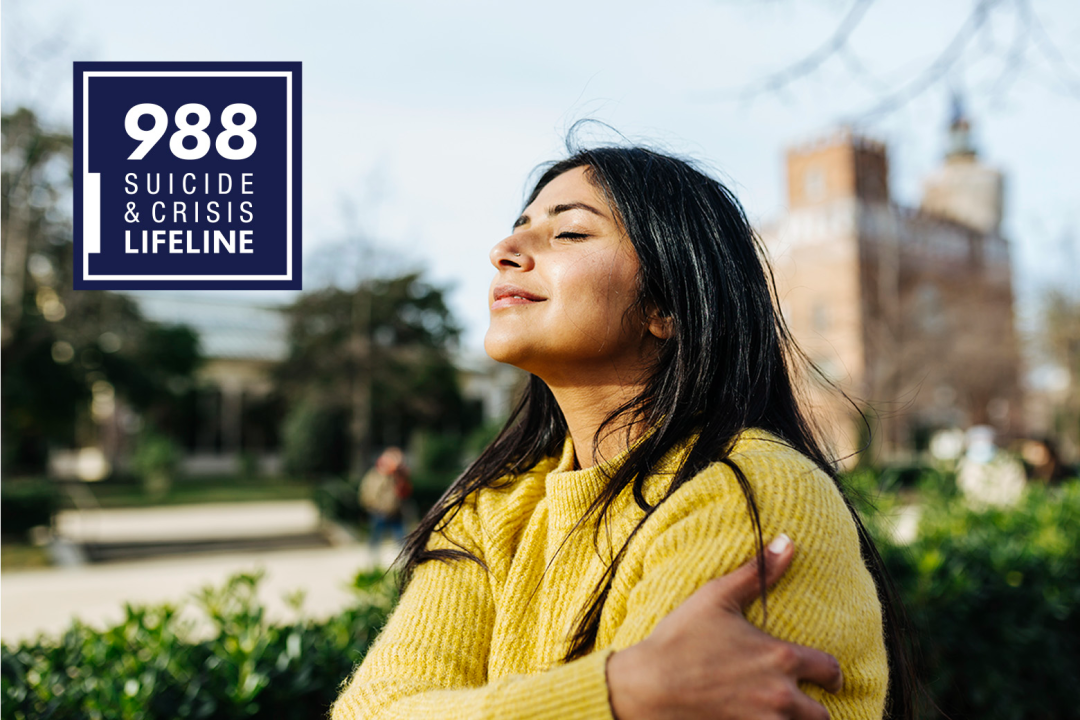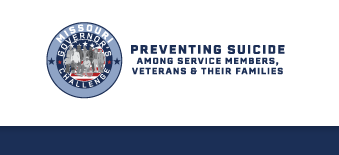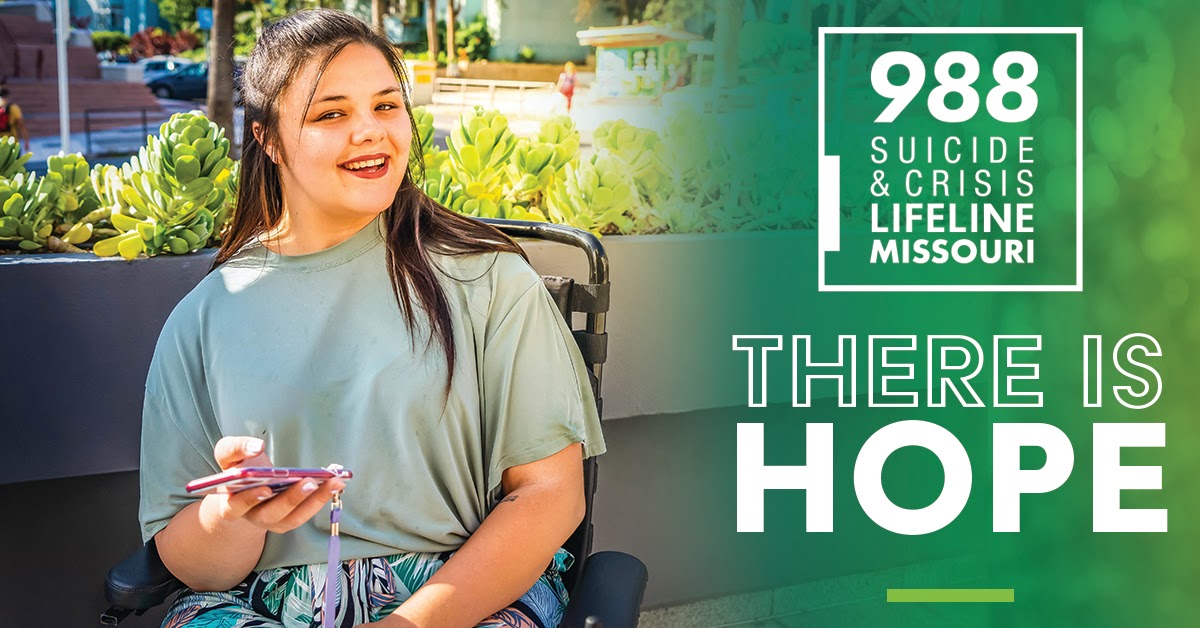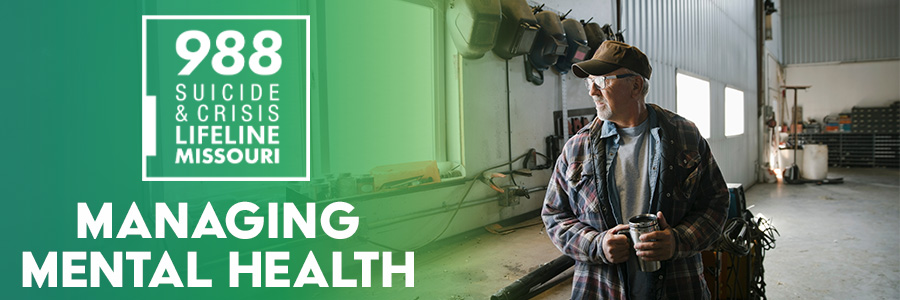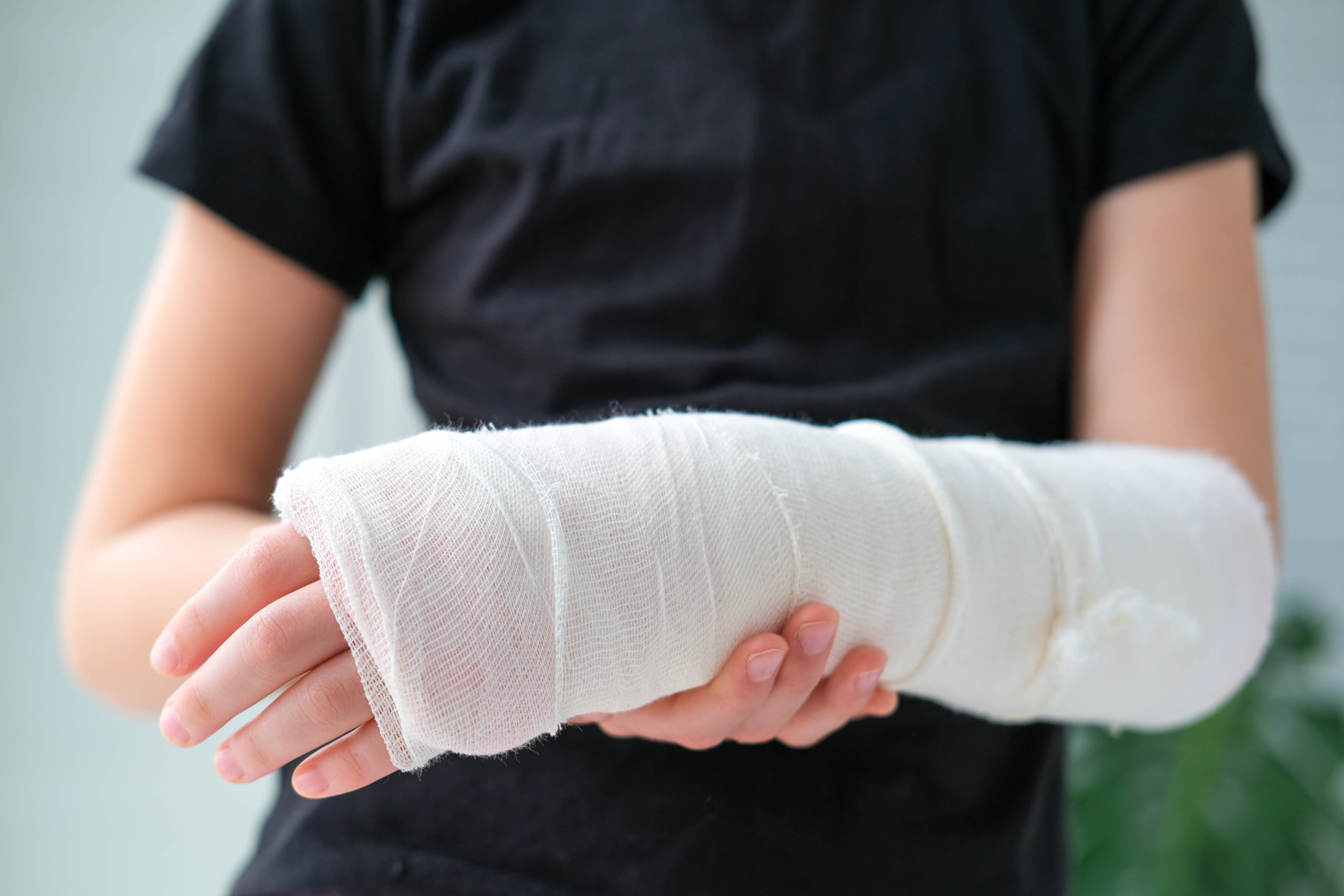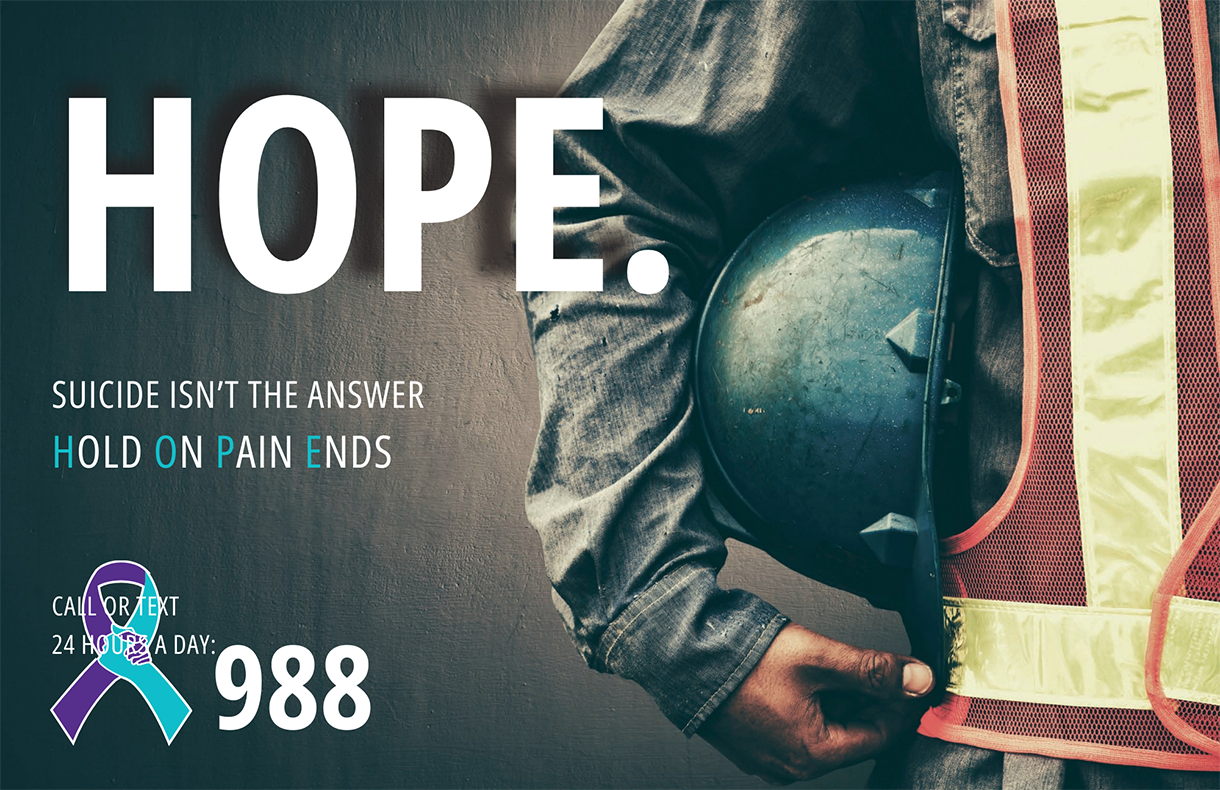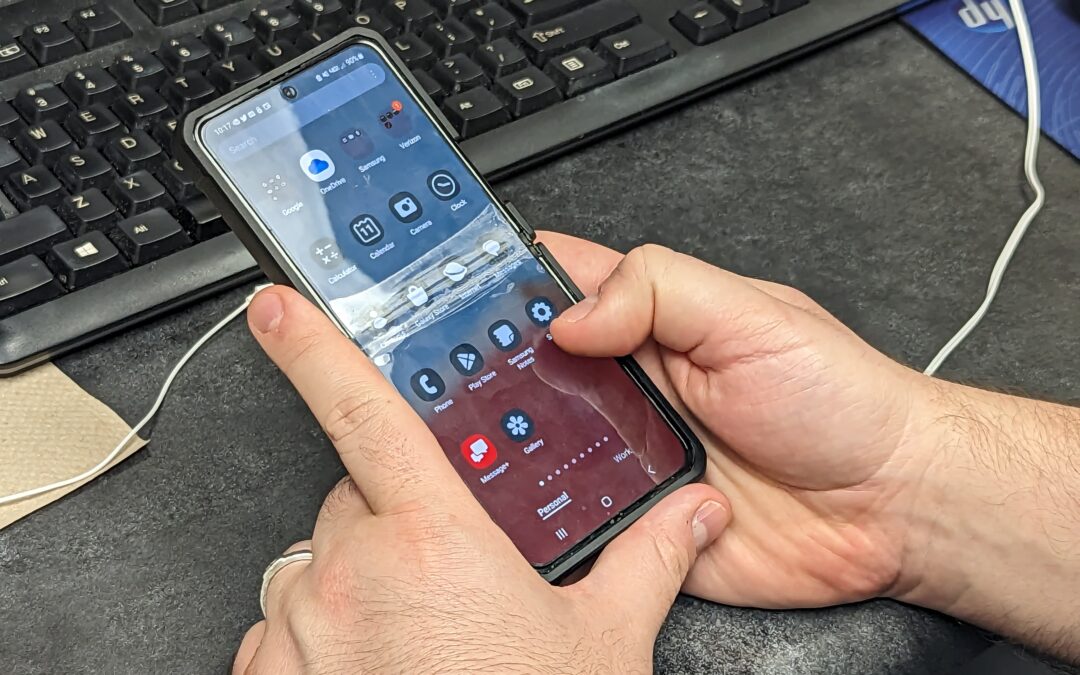The 988 Suicide & Crisis Lifeline is a success story.
Since the transition to the 988 Lifeline two years ago, the service has received more than 8 million contacts. In May 2024 alone, 610,378 calls, texts and chat messages were routed to 988, according to data from the Substance Abuse and Mental Health Services Administration (SAMHSA). That’s up from 413,425 in August 2022, its first full month in service — a 47% increase.
The 988 Lifeline is meeting overwhelming demand and helping people in crisis. People like Addison Eggebeen, who shared with me how calling 988 last year helped her — and how it can help others.
Addison called 988 when she was in crisis. She had arrived home after a stressful day and had no one to talk to. Her suicidal ideation flared, and she felt increasingly lost.
“I was like, ‘this is it.’ I didn’t know what to do,” she said.
But then she dialed 988, and the operator at a call center in Tennessee, where Addison lives, engaged her in a long conversation.
“It helped me calm down in that moment and recognize where I was at and be aware of my surroundings. I would say it saved my life because I didn’t know how far I would take my suicidal thoughts,” Addison said. “It sounds like I’m supposed to say it, but I don’t know if I would be here if it wasn’t for 988.”
That’s why she’s sharing her story.
“I would not hesitate at all to call or text 988,” she said. “There’s nothing to lose from reaching out.”
While the 988 Lifeline is a success story, the story is far from over. More work remains to improve crisis care and ensure that all people like Addison have access to crisis services when they need care. The 988 Suicide & Crisis Lifeline is a massive undertaking that requires coordination among federal, state and local authorities and organizations. We need to be patient as they continue their work to make 988 more efficient and more responsive as we meet the goal of providing:
- Someone to contact.
- Someone to respond.
- A safe place for help.
The evolution of 911 may provide a glimpse into the journey ahead.
Since a U.S. senator in Haleyville, Alabama, placed the first 911 call in February 1968, the emergency hotline has had an incalculable impact on public safety. But it took time for the service to become established as the de facto emergency service it is today. Making 988 even better will require:
- More states authorizing telecom companies to collect modest fees from customers to fund 988. While all states use surcharges on cell phone bills to fund 911 services, just 10 states have passed comprehensive laws to ensure 988 funding, according to a new report.
- Improving recruitment and retention at 988 call centers.
- Improving recruitment and retention at organizations that provide mental health and substance use treatment and care, crisis care, mobile crisis response, crisis stabilization and post-crisis care – the organizations that are the backbone of crisis care.
- Improving coordination. Call centers must have direct access to mobile crisis outreach teams, crisis walk-in facilities and direct connections to outpatient care options to strengthen the continuity of care. Crisis care is made up of much more than a call center. The 988 Suicide & Crisis Lifeline is an entry point to a range of services that include mobile crisis, walk-in urgent care, secure crisis center, residential crisis services, hospitalization and intensive crisis outpatient services. They must all work together.
- Leveraging technology. Geo-routing would route wireless calls through the nearest cell tower and to the nearest call center. The U.S. Federal Communications Commission has taken the first step toward adopting a rule that would require telecommunications companies to route 988 calls based on the caller’s physical location rather than the area code in their phone number. This would allow a 988 operator to connect a person in crisis with nearby resources.
We must also continue to increase awareness of the 988 Lifeline. SAMHSA has numerous 988 resources to help spread the word about the Lifeline, from training and technical assistance to key messages and graphics for social media. I urge you to share them and help to raise awareness about the valuable service that has already saved lives.
And please check out our June 26 webinar on geo-routing. We are working on other resources to support organizations that provide crisis care, and we’ll share those soon because we want to make sure you have all the support you need.
The 988 Suicide & Crisis Lifeline has made a profound difference in the lives of so many people in just two short years, and I know we can make it even better and help even more people. People just like Addison.
If you or someone you know may be considering suicide, contact the 988 Suicide & Crisis Lifeline: call or text 988 or chat 988lifeline.org
Source: 988 Saves Lives. Here’s One Person’s Story. (linkedin.com)

